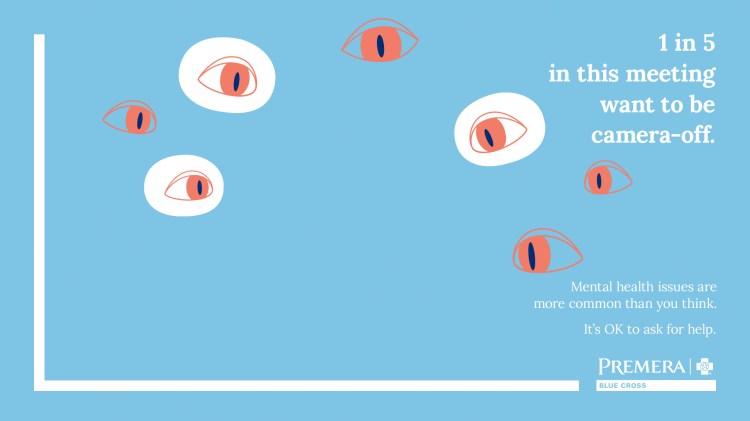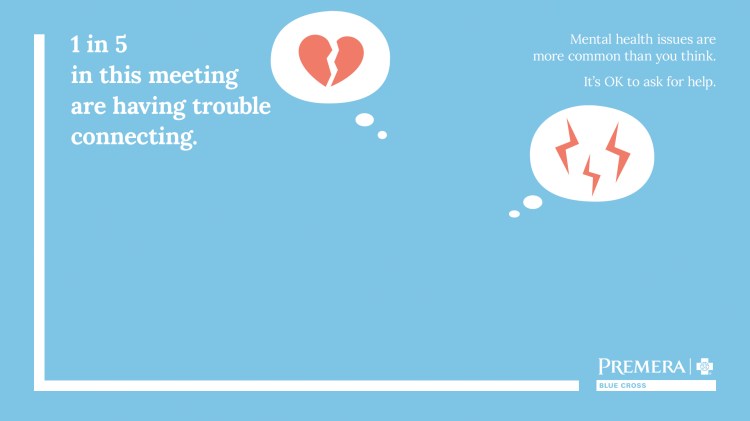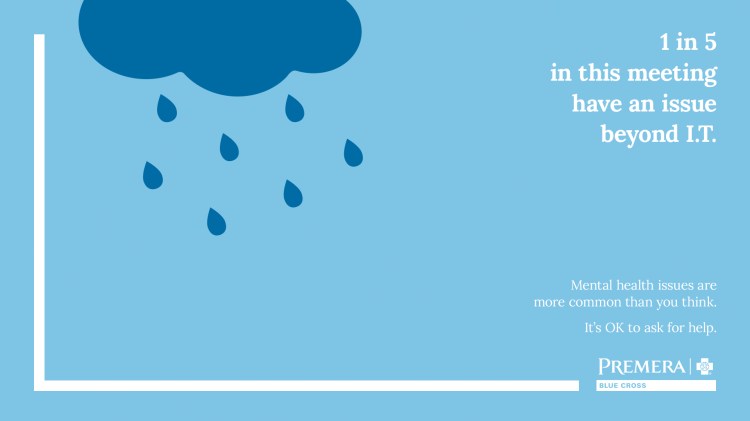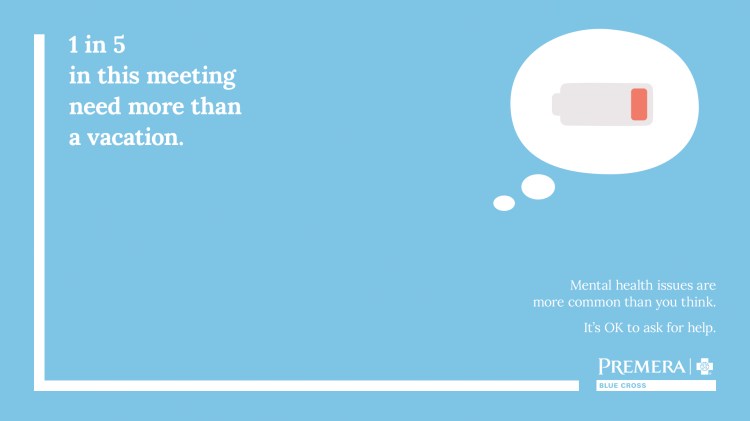Deciding to get help for behavioral health concerns can be a difficult choice to make. Figuring out how to start the process can feel just as challenging.
Dr. Susanne Quistgaard, Medical Director at Premera Blue Cross, shared insights to help people know where to go and what to expect.
Start with someone you already know
“For many people, the best place to start is with their primary care provider,” Dr. Quistgaard explained. “Physical health conditions can cause or exacerbate mental health symptoms. Your trusted primary care provider can screen you for a physical health issue and then help you decide on the best treatment.” If you need help finding a primary care provider (PCP), Premera’s Find a Doctor tool can help.
Medication, talk therapy, or a combination of both might be appropriate depending on the condition. Psychiatrists and advanced registered nurse practitioners (ARNP) can prescribe medication, but primary care providers (PCP) can do so as well. Many PCPs are experienced in treating mild to moderate mental health conditions and can offer guidance if you need to seek additional care.
While medication-focused treatment may or may not be right for someone, Dr. Quistgaard points out that “talk therapy is helpful for most behavioral health conditions.” Providers focusing on talk therapy include psychologists, social workers, mental health counselors, family and marriage therapists, and chemical dependency counselors. Your Premera benefits provide you with options for virtual care, for help when and where you need it.
There are several online resources that can help someone find a behavioral health provider. Premera’s Find a Doctor tool allows members to search by gender, language spoken, and specialty areas, which includes chemical dependency, depression, infertility, the LGBTQ+ community, and more.
NAMI Seattle, a Premera Social Impact partner, offers a directory of resources specifically for Black, Indigenous and people of color who are seeking a provider who looks like them and understands their background. There are more than 600 other NAMI organizations across the country offering similar resources. Other resources include MulticulturalCounselors.org and Therapy Fund Foundation in Washington; or Psychology Today, InnoPsych and National Queer & Trans Therapists of Color Network nationally.
What to expect in those first conversations
Before setting up an appointment, a provider will ask you to provide basic information. This information can be collected via secure email or phone. They’ll ask about your symptoms to make sure they can treat your condition and your availability for appointments. It can also be helpful to share with them what you want to get out of the experience.
“It is a two-way street,” said Dr. Quistgaard. “This is your opportunity to ask any questions that are important to you to make sure you’re getting matched with someone you feel comfortable with.”
You might want to see a provider who speaks your language, looks like you, or practices the same religion as you. You can also ask about their treatment style, what to expect during a session, and how often you’d meet.
A provider will spend the first session getting to know you, your life circumstances, your symptoms, and your family history.
Get help from home
It may not always be easy to see a provider in-person. For some, transportation can be an issue or they feel more comfortable talking to someone in a familiar space. People living in rural areas often face a shortage of providers, particularly those specializing in behavioral healthcare. This can lead to long waitlists or trouble finding a provider who matches a person’s preferences.
There are several virtual care, or telehealth, options available, which offer broader access to care. These include video, phone, and text-based apps that connect people with doctors or therapists. People can seek virtual-only care or find a provider who offers a combination of in-person and virtual services.
Reminders for you or your loved ones
Dr. Quistgaard shared additional tips to keep in mind:
- It can take some time to feel better. The process is different for everyone, but she notes it can take anywhere from four to eight sessions to start seeing a significant change.
- Therapists will often ask you to do homework. It’s important to be an active participant in your treatment plan to see progress.
- If a friend or family member is feeling overwhelmed by the process, there are ways you can support them. Helping them search for providers, sitting next to them while they schedule appointments, or driving them to their appointments are a few ways that you can help.
- Anyone experiencing suicidal thoughts can call the National Suicide Prevention Lifeline at 800-273-TALK (8255) or contact the Crisis Text Line by texting HOME to 741741. Both offer free, 24/7 crisis support and resources.
Help foster a #StigmaFree workplace
- Talk about it: Download these special Microsoft Teams backgrounds and display them during meetings to provide a safe space for conversations about mental health.








